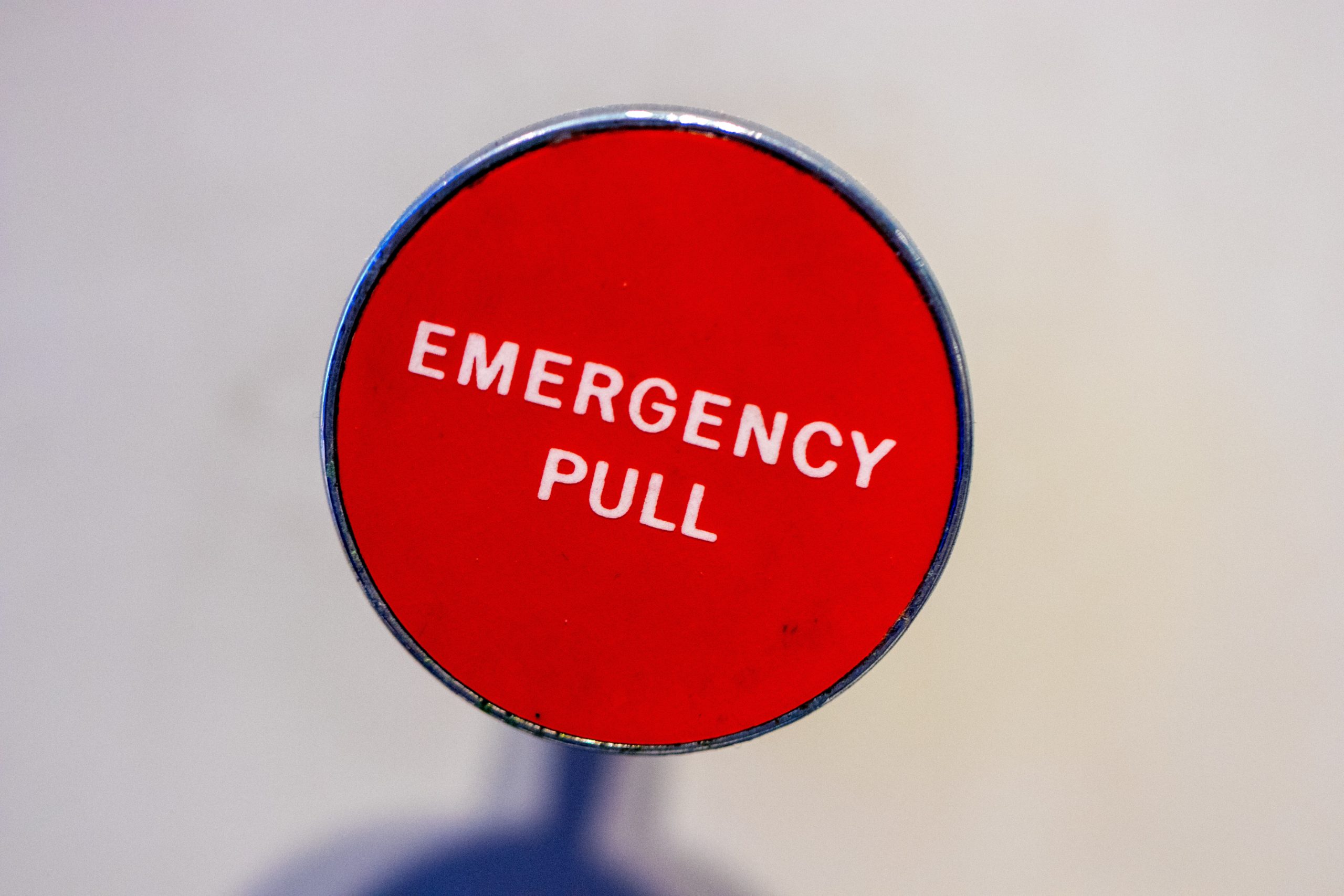
Communicating in times of extreme challenge, like the Covid-19 crisis we are currently living through, can be quite a challenge in itself. But just because it’s hard, don’t put it off. Instead, use communications as an essential tool in helping your employees and your customers understand how your business is navigating the storm.
First it’s essential that your communications team has a seat at the table and are involved early in the game. Ideally, they should be part of the company’s crisis response team. At the very least, they should be receiving regular updates so they can proactively formulate a communications plan to keep your company projecting an image of leadership when it’s needed most.
Here’s a simple approach to comms planning that’s tried and tested. For example, in 2010 I was working for a global corporate travel company, when a volcanic ash cloud formed in Iceland and then spread suddenly, shutting down air space in Europe for several days and causing major disruption. These are the tactics I used to rapidly build a communications response plan that spread pertinent information across the organization and out to customers as the situation evolved continuously. Trust me, this approach works.
So in times of crisis, remember to keep calm and carry on communicating.
1. Map It
The first step is to map your audiences and the main message you need them to know and actions to take. This is true for any communications plan, but especially in crisis response when it’s critical that no stakeholder is “left behind”. Think: who needs to know, what do they need to know, when and in what order, and what do you want them to do. Start with your employees first, then partners, customers and the end-users of your product (if not the same as your clients). Once you have this mapped out in a grid, it becomes the framework for your tactical plan.
2. Be Clear and Direct
People want to trust in their leaders and partners, so try to shoot straight. Develop communications that are easy to understand and clearly present your news, or as much as you can share for now. Often when some of the facts or outcomes are unknown, leaders can get paralyzed into not communicating at all. It’s OK not to have all the answers. Simply explain that you are giving updated information if circumstances change.
3. Keep It Flowing
Plan to develop a steady stream of communications. Depending on the evolution of the crisis, you may need several follow-up messages. Whatever it takes to help adequately manage the implications of what’s happened and help people understand the impact on them. A typical plan would include a short alert at the outset, a series of updates over time, and a resolution message.
4. Show Humanity
Remember that your corporate updates will be read by real people. Tough times often carry an economic or emotional burden. So be empathetic. Recognize the impact on your reader by putting yourself in their shoes. Then talk to your employees and your customers in a way that acknowledges how they are feeling at this moment. This is where brands that have a strong sense of purpose and well-defined values can really connect. Walk your walk.
5. Take Stock
When the urgent business of “crisis mode” quiets down again, be sure to debrief with internal teams. Analyze what worked well, or didn’t, and note the learnings for next time. There will be a next time. Then in the period immediately following the crisis, look for opportunities to tell personal stories from your leaders, and showcase employees who went the extra distance to give stellar service to your customers. Do a bit of brand journalism, and find those positive stories that show how people rose up against the adversity. Share the lesson to be learned.

